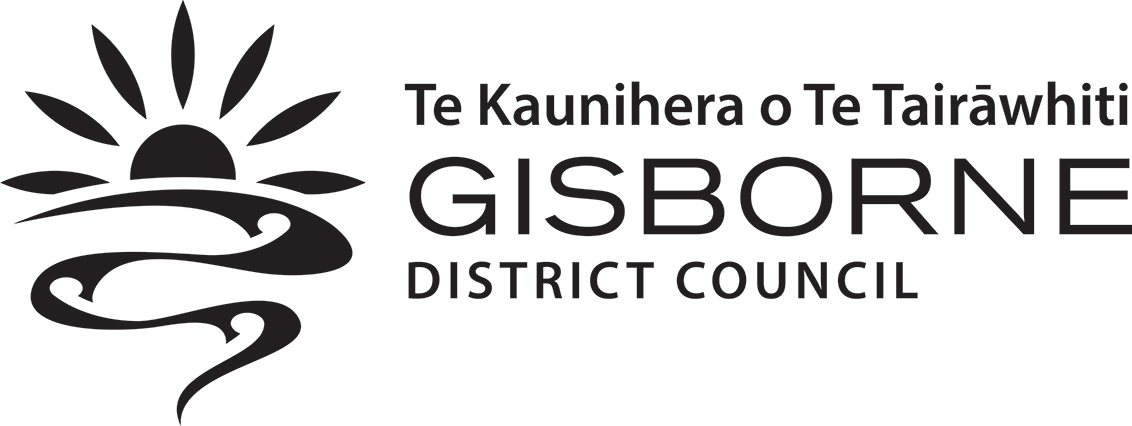Stormwater from industrial or trade sites can contain pollutants such as hydrocarbons; zinc and copper; animal faecal bacteria; sediment and chemicals that can affect our waterways.
To prevent this we have rules for industrial and trade activities to reduce pollution and contamination getting into stormwater and our waterways.
Read the rules in our Tairawhiti Resource Management Plan (TRMP) for the Freshwater Plan
Why it's important to discharge correctly
Contaminated stormwater must be treated prior to discharge.
Washwater, process wastewater and other contaminated sources of industrial wastewater must be discharged along with sewage according to trade waste requirements.
The stormwater must not affect the colour of the water, make it smell or leave oil or grease in it.
Sediment is one of the most significant contaminants of our streams, lakes and coastal waters.
Industrial sites are a major source and sediments are likely to carry other pollutants including, metals and petroleum compounds.
If there's contaminants in the stormwater from your property it can kill aquatic life and pollute the environment where we swim, fish and play.
Consent and approval to discharge stormwater
If you're planning a new industrial or trade activity, you must provide a Stormwater Management Plan that identifies how you’ll manage the drainage of rain water and avoid pollution from your site or premises.
You may have to install treatment devices to remove pollutants from the stormwater to make sure hazardous substances can’t get into the stormwater system.
Your premises should have a Stormwater Management Plan in action now. Talk to us if you haven't.
Any new development that has car parks, yards or other hard surfaces greater than 1000m2 must treat the stormwater to remove pollutants.
The only exception is if the development is a farm, horticulture, rural community facility or local road.
Stormwater management plan
Industrial sites can have numerous activities that can generate a wide range of contaminants that are harmful to the environment.
A stormwater management plan helps you eliminate and/or reduce stormwater contamination at the source by considering the site layout, housekeeping, checks and maintenance, spill control and safeguards, and staff training.
It's your responsibility to make sure stormwater running off your site is clean. Good housekeeping can go a long way towards this but stormwater from parts of your site may need engineered treatment solutions before being discharged to the environment.
You can make your stormwater treatment system cost-effective by reducing the extent of contaminated runoff and diverting clean stormwater away from your treatment system. This will target your hot spots and only treat contaminated runoff.
![]()
![]()
Compliance is demonstrated when the stormwater treatment is carried out in accordance with TP10 Stormwater management devices design.
Google search 'TP10 stormwater' to find Auckland Council's document - TP10 stormwater management devices design.
Devices which are designed and constructed in accordance with TP10 will meet the requirements of the Tairawhiti Resource Management Plan.
Penalties may occur for non-compliant businesses under the Resource Management Act, enforcement measures include: a formal warning; an abatement notice; infringement notice; enforcement order; prosecutions and formal legal action.
Stormwater management plan and guides
No results found for ""
